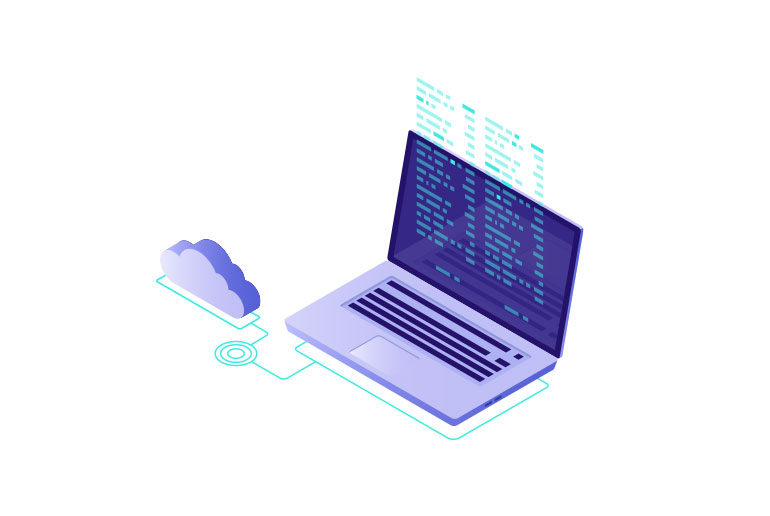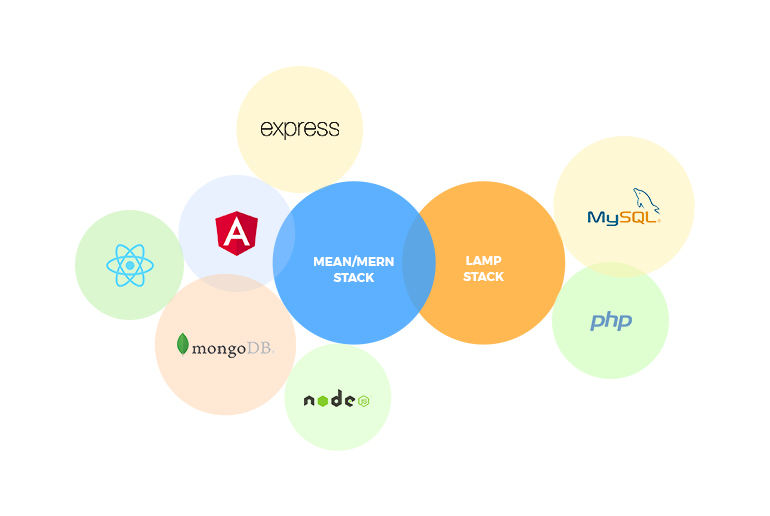An API is an administration that enables developers to interface and impart by the utilization of a convention. The convention permits the association of both incorporated and separate programming, the interface being the medium by which the two frameworks can convey.
APIs are fundamental for correspondence and you will discover them everywhere, for example, Twitter API, Flickr API, and Maps API. To take a straightforward case of how fundamentally critical they are, suppose you couldn’t reorder from scratch pad into Google Chrome and you needed the content to reappear; an API gets this going without sitting around idly on reworking your content.
Most working conditions give APIs as do most vast sites nowadays. These APIs are given to make it less demanding to developers to connect their very own product into the working framework or site. For instance, the Amazon API is utilized by developers to make particular online customer-facing facades for eCommerce purposes.
WHAT IS AN API?
THE ACRONYM
Application: Think of an application like an ATM. When you stroll up to an ATM, you expect it will enable you to get to your record and finish an exchange like pulling back the money. Like an ATM, an application gives a capacity, yet it’s not doing this without anyone else—it needs to discuss both with the client, and with the “bank” it’s getting to.
Programming: APIs enable the ATM to speak with your bank. The writing computer programs are the building some portion of the application’s product that makes an interpretation of contribution to yield. At the end of the day, it deciphers your demand for money to the bank’s database, confirms there’s sufficient trade out your record to pull back the asked for sum, the bank awards consent, at that point the ATM conveys back to the bank the amount you pulled back with the goal that the bank can refresh your parity.
Interface: A (UI) is the manner by which we cooperate with an application. On account of the ATM, it’s the screen, keypad, and money space—where the info and yield happens. We enter our stick number, punch in how much money we’d get a kick out of the chance to pull back, at that point take the money that is released. Interfaces are the way we speak with a machine. With APIs, it’s much the equivalent, just we’re supplanting clients with programming.
More or less, that is an API: an interface that product uses to get to whatever cash it needs: information, server programming, or different applications. On account of the ATM, the machine is the end client of an API, not the client squeezing the catches. It’s the equivalent in the advanced world.
APIs Make Life Easier for Developers
Suppose you need to build up an application for an iPhone. Apple’s iOS working framework gives an extensive number of APIs—as each other working framework does—to make this simpler on you.
In the event that you need to install an internet browser to demonstrate at least one pages, for instance, you don’t need to program your very own internet browser sans preparation only for your application. You utilize the WKWebView API to implant a WebKit (Safari) program protest in your application.
In the event that you need to catch photographs or video from the iPhone’s camera, you don’t need to compose your very own camera interface. You utilize the camera API to install the iPhone’s worked in camera in your application. On the off chance that APIs didn’t exist to make this simple, application designers would need to make their very own camera programming and decipher the camera equipment’s information sources. Be that as it may, Apple’s working framework engineers have done this diligent work so the designers can simply utilize the camera API to install a camera, and afterward get on with building their application. Also, when Apple enhances the camera API, all the applications that depend on it will exploit that change consequently.
This applies to each stage. For instance, would you like to make a discourse box on Windows? There’s an API for that. Need to help unique mark validation on Android? There’s an API for that, as well, so you don’t need to test each extraordinary Android producer’s unique mark sensor. Designers don’t need to reevaluate the wheel again and again.

